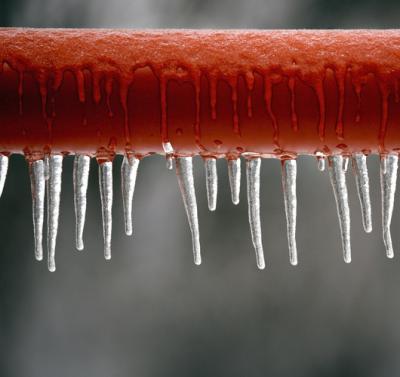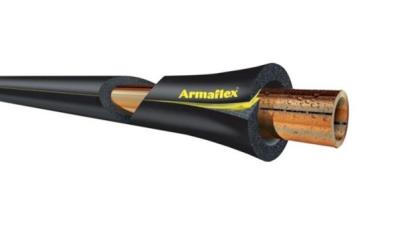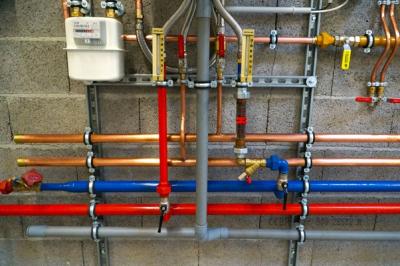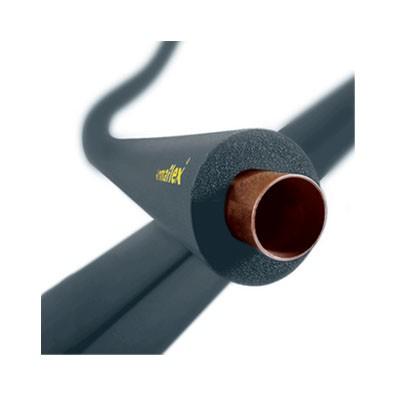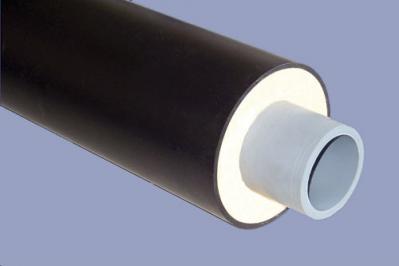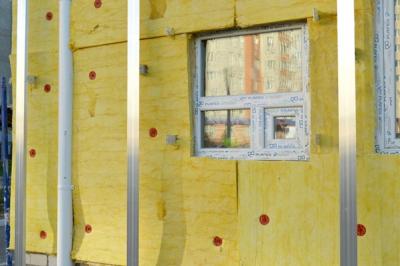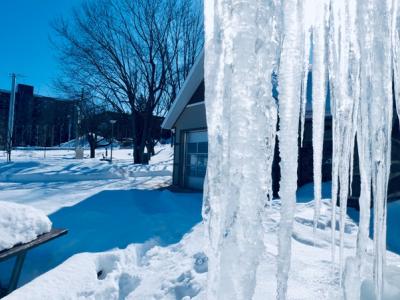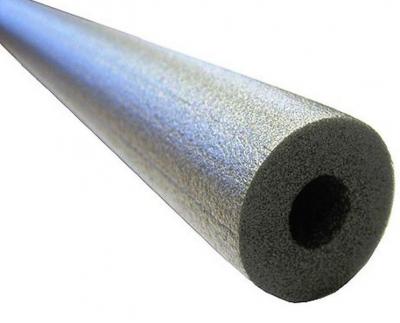Admin
Here we look at pipe insulation and discover how this unsung hero can shield your home from the cold, saving your comfort and your wallet.
Insulation is often viewed merely as a barrier to temperature fluctuations. However, addressing internal piping and choosing appropriate insulation materials in an energy-efficient building is pivotal.
Most homes in the UK have a complex network of water pipes. Insulating this pipework is called lagging and by sealing in heat, it saves energy and has a host of other benefits too.
Insulating water supply pipes in the exposed areas of your home is highly important for a variety of reasons. As an example, in cold-winter climates, water supply pipes that are exposed to exterior walls or unheated spaces are prone to rupture, burst, and possibly flood your home.
Pipe lagging is made in a variety of different materials each suiting a slightly different need. The type you use will be dependent on things like whether the pipe is outside or if it contains a hot or cold liquid for example.
Insulate Britain is an environmental activist group founded in July 2021. The group's mission is to see all social housing in the UK adequately insulated to lower gas emissions and improve fuel poverty by 2025, and the remaining housing stock properly insulated by 2030.
Lagging is the more common name used for pipe insulation. It is generally used to help keep the heat in the pipes and to prevent condensation it can also reduce the noise that some pipes may make when in use. It's useful for saving energy as well as preventing pipes from freezing and bursting.
Water pipes will begin to freeze once temperatures have reached zero degrees celsius or below but to freeze they will of needed to exposed to those temperatures for at least a total of six consecutive hours.
It's a scenario we're all too familiar with in the UK. You're sitting at home, wrapped up in a blanket, with a cup of tea in hand, yet you can still feel a chill. Could pipe insulation be the missing piece of your cosy winter puzzle? Perhaps it's time to consider a solution, which often gets sidelined, but could actually be a game-changer.
Insulating hot water pipes lessens heat loss and can increase the water temperature by as much as 4°F, which in turn means you will be able to lower your boiler's temperature setting. Insulated pipes furthermore deliver hot water faster than uninsulated pipes, so you do not have to wait for the water to heat up when you turn on a tap. Having instant hot water helps save water, which these days is essential with many countries experiencing water shortages.






